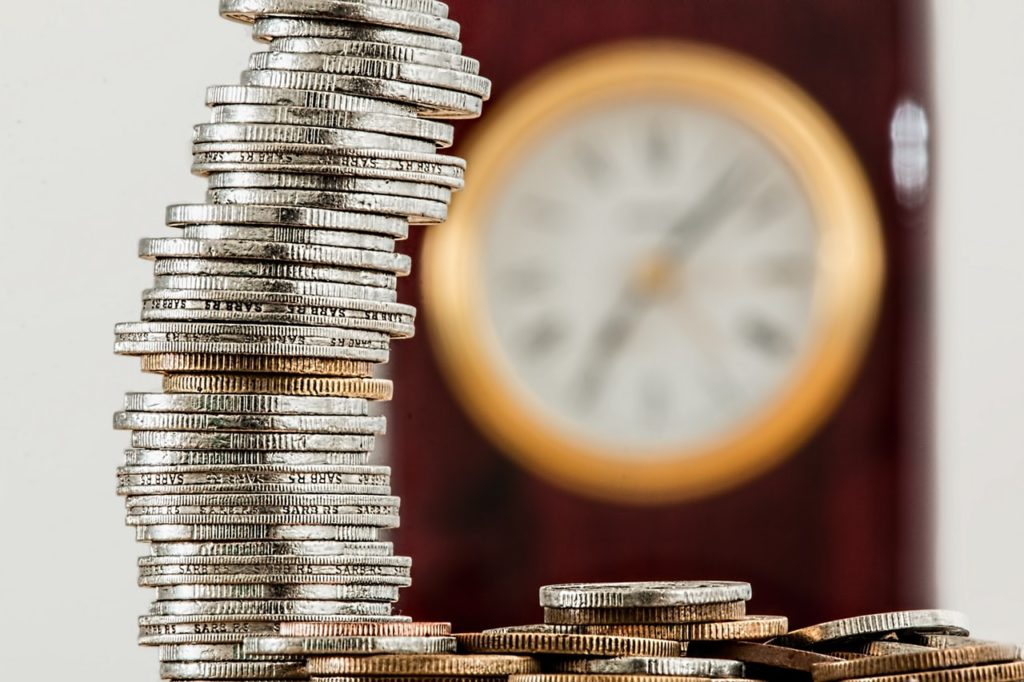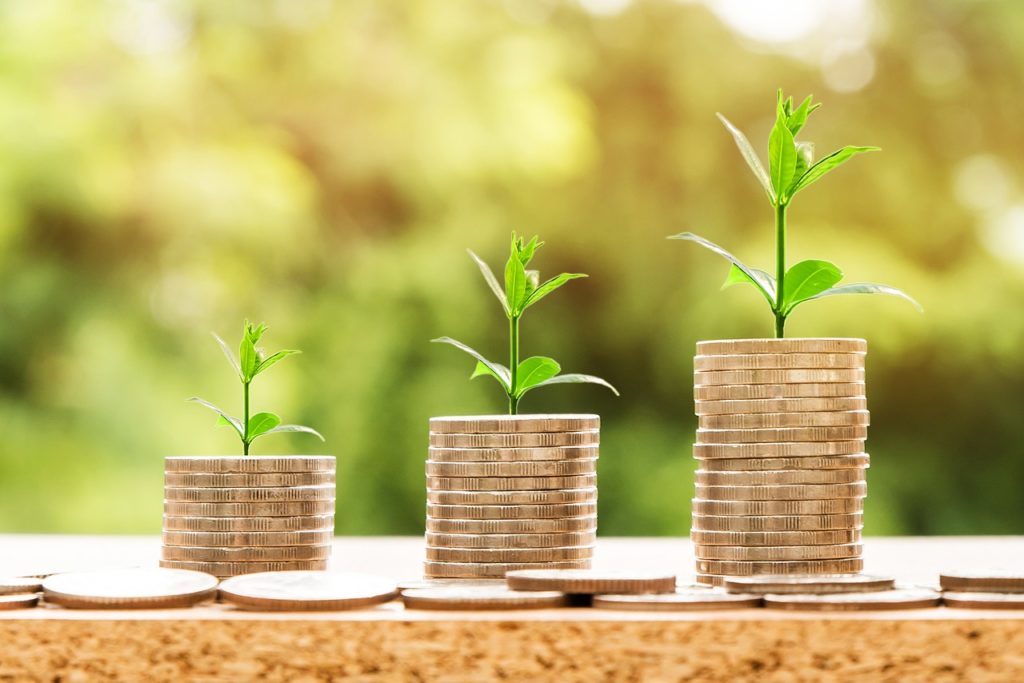Whether you are planning for an unexpected emergency or simply putting money away toward a future goal like purchasing a home or retiring, it is important to choose the right savings vehicle.
For long-term goals, it usually makes the most sense to invest so that your money has the greatest chance to grow over time. However, with an emergency or short-term fund, liquidity is very important. In these circumstances, you can consider options such as a high-yield savings account.
High-yield savings accounts come with a higher interest rate than traditional accounts, meaning that account holders will see more growth in their savings. Since the money is not invested, the risk with these accounts is virtually nonexistent, making it a great option for keeping cash easily accessible.
Earning More with a High-Yield Savings Account
Traditional savings accounts usually have an interest rate of about 0.01 percent, while high-yield options can be as high as 1.35 percent. After about a year, $10,000 will produce more than $100 in returns in a high-yield account and barely $1 in a traditional one.

You may wonder why anyone would use a traditional account when high-yield options exist. The answer is that these accounts can come with some caveats. For example, some banks will charge monthly maintenance fees while others may set minimum balance requirements.
However, it is possible to find accounts without these kinds of stipulations, but you should pay close attention to the fine print before opening one. The terms and conditions of the account should give you a sense of how often interest is compounded, which will affect the overall return.
While some accounts compound interest daily or weekly, others will do so monthly, semi-annually, or even annually. Less compounding will limit overall returns. Before opening an account, you should play around with a compound interest calculator to see how much you should expect to earn. This is an especially important step for accounts with fees, as you will need to make sure that your money still grows—sometimes the fees can be so heavy that they start cutting into the principal.
Doing Due Diligence Prior to Opening a New Account
High-yield savings accounts receive federal insurance for up to $250,000 provided that individuals open an account with an FDIC-insured institution. FDIC affiliation should be one of the first things you inquire about as you shop around at different banks.
Next, you should go over the entire fee schedule to make sure that the deal is worthwhile. Some accounts may not have monthly fees, but they will still charge for things like overdrafts or wire transfers. While the interest rate is important, these other details can really limit the growth of your money in the account and put the entire principal at risk. At some banks, the interest rate will change based on how much is deposited. One of the common setups is offering a boost in interest for as long as the account holds more than $10,000.

Various high-yield accounts may have set initial deposit and minimum balance requirements. Taking note of these is important as it may dictate which accounts are most feasible for your specific situation.
You may also want to ask about how the account can link to other banks and brokerage accounts. Sometimes, there may be restrictions on linking accounts or there may be a waiting period for linking new accounts to others. These links can make moving money much simpler.
Another consideration is how you will access your money. Some accounts will have an ATM card attached to them, while others will require that the money be transferred to a different account for easy withdrawal.
Making Good Use of a High-Yield Savings Account
Importantly, a high-yield savings account should be only part of an overall savings portfolio. These accounts are great for keeping money liquid, but they will not provide adequate growth for any long-term goals. Generally, people use a high-yield savings account as their emergency fund, which is typically enough money to cover between three and six months of living expenses. However, the account could also be useful for saving for a vacation, car, or house, particularly if you will need the money in the coming five years.
When saving for multiple goals, it is important to keep your money separated so that you can easily track how each goal coming along. Many institutions make it simple to open more than one savings account for this specific purpose. You can even give your different accounts specific nicknames so that you can easily distinguish between them.
You can also open high-yield savings accounts with more than one institution, especially if you find different deals that are ideal for different goals. However, keeping track of multiple accounts at different institutions can prove tricky and make it more difficult to move money around if you need to.

